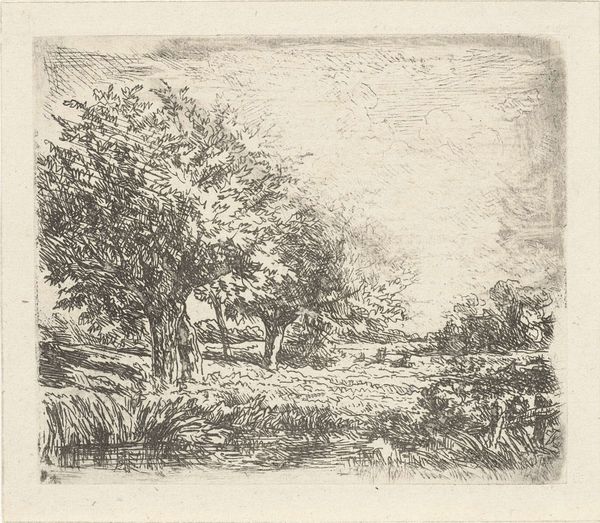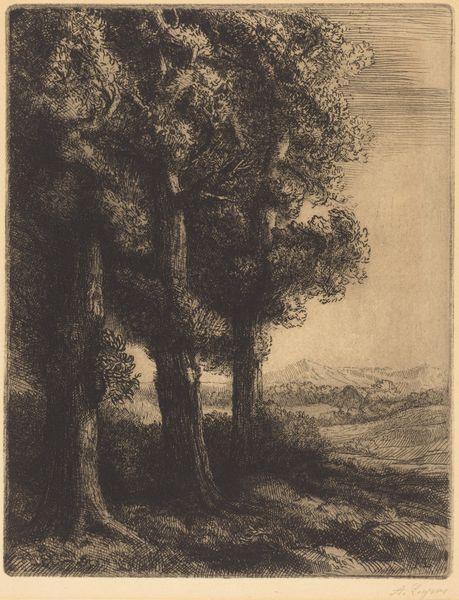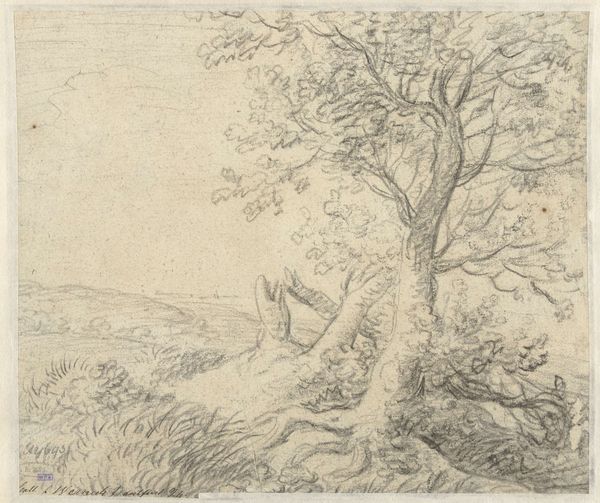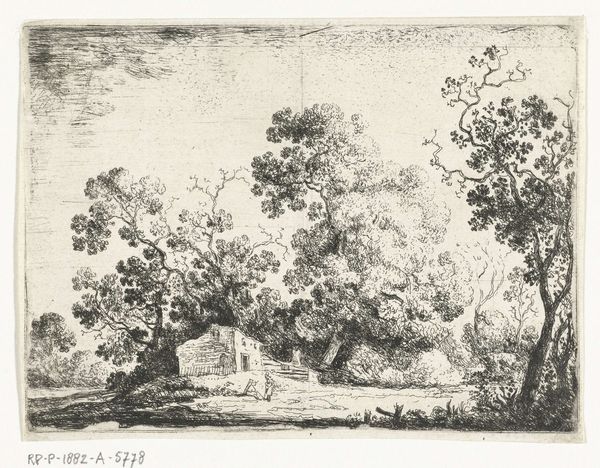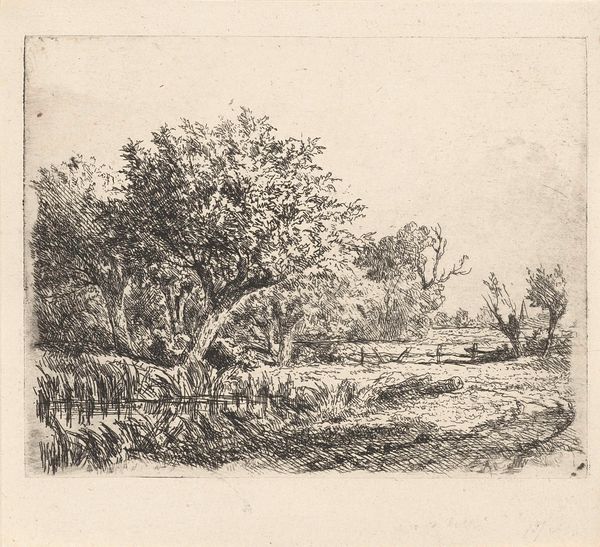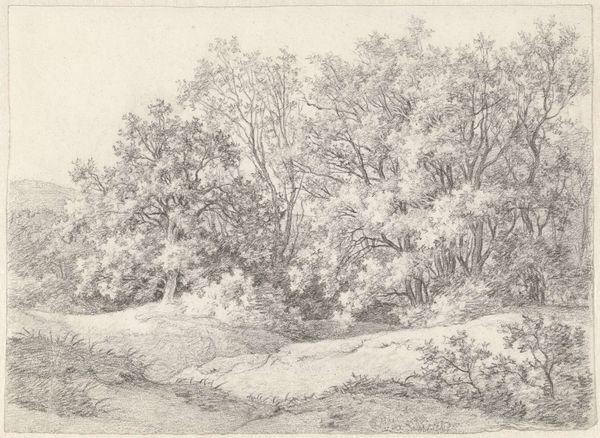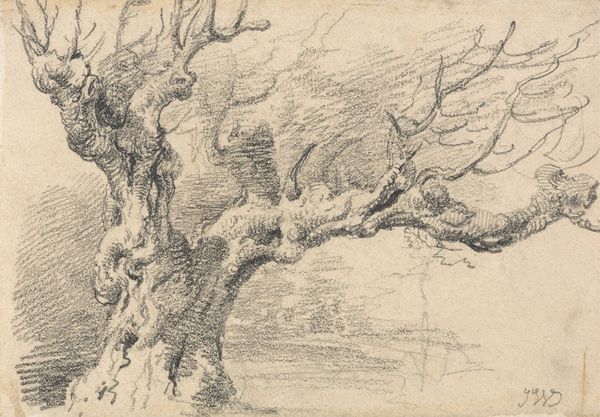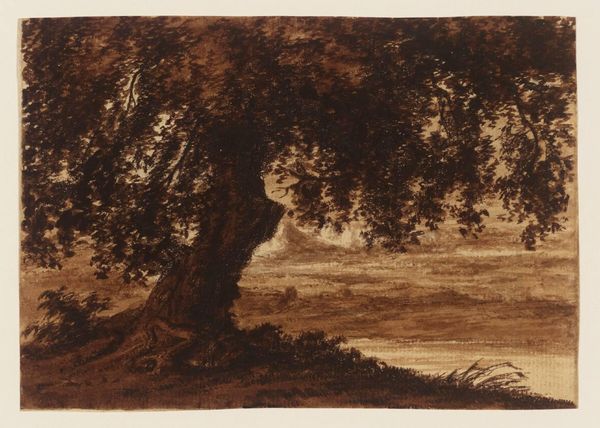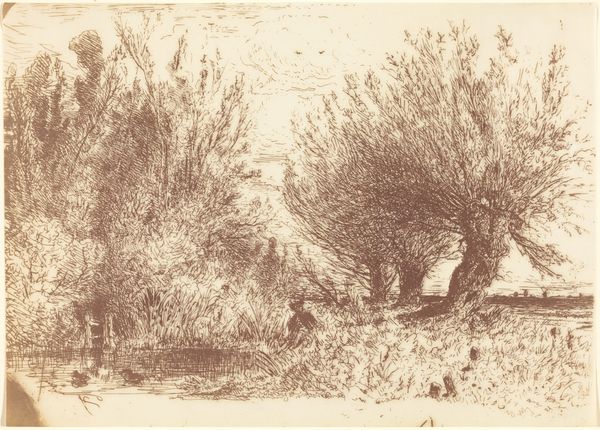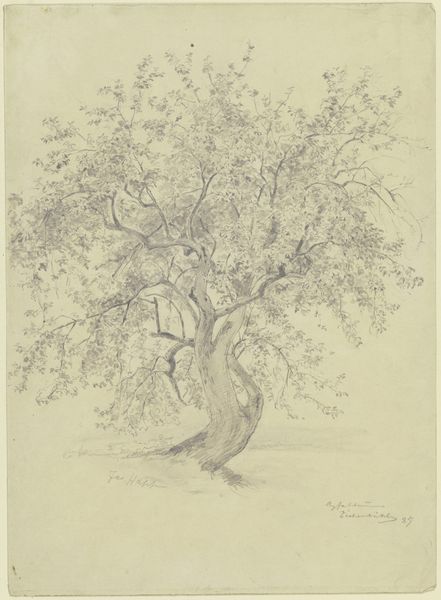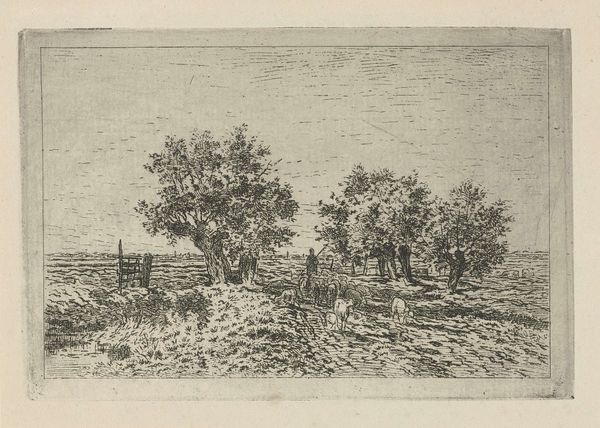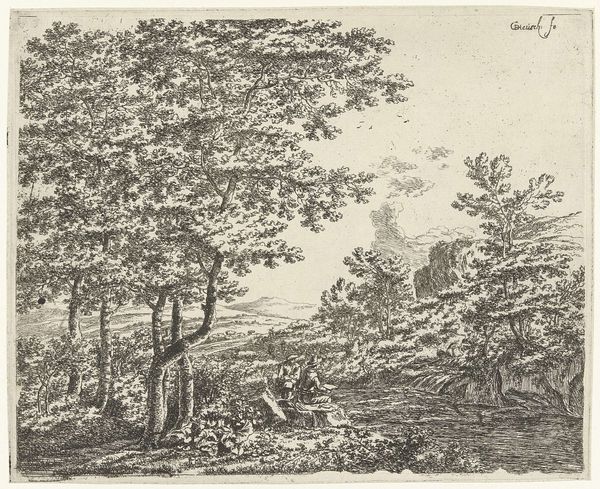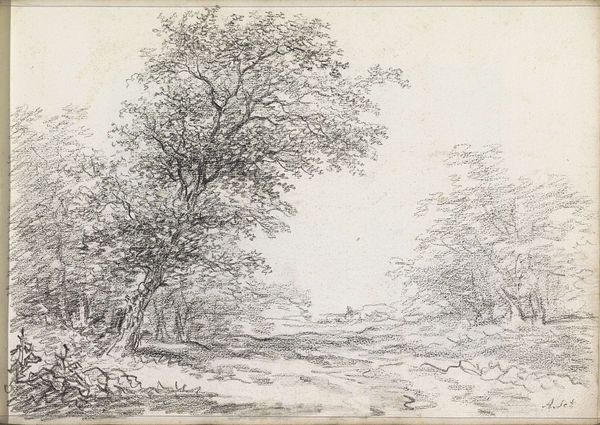
painting, oil-paint
#
food
#
painting
#
impressionism
#
oil-paint
#
landscape
#
oil painting
#
fruit
Dimensions: 44 x 56.5 cm
Copyright: Public domain
Editor: Here we have Henri Fantin-Latour’s "Apples in a Basket on a Table," painted in 1888, using oil paints. There's a lovely domestic feel to it, wouldn’t you say? I’m curious, what aspects of the artwork stand out to you most? Curator: For me, it’s about understanding the artist’s choices in representing these apples. It's not just about the *what* – apples – but the *how*. What kind of labor went into cultivating these particular varieties, the selection for the painting, and the very specific arrangement within the basket and on the table? Editor: So, less about aesthetics and more about the physical process behind it all? Curator: Exactly. Consider the table, its possible origins, how it’s constructed, its very materiality. How does Fantin-Latour utilize the medium of oil paint to portray those textures? This pushes beyond simple representation towards a broader engagement with the world of objects and labor. And then how the piece, itself, is traded, collected, and consumed as a cultural commodity. Editor: I hadn’t thought about it that way, about the painting itself becoming an object of consumption. It seems obvious now. Does this perspective influence how we perceive Impressionism in general? Curator: Absolutely. It redirects the conversation from the fleeting moment and painterly brushstrokes to the underlying structures of production and value that underpinned Impressionism’s popularity in the art market. How accessible was painting to everyday individuals as a job and hobby? Editor: Fascinating. Seeing the painting through the lens of material and social history gives it a whole new layer of depth. I will definitely look for more beyond the surface level and try to trace all production processes to help decode an artist's intention.
Comments
No comments
Be the first to comment and join the conversation on the ultimate creative platform.
